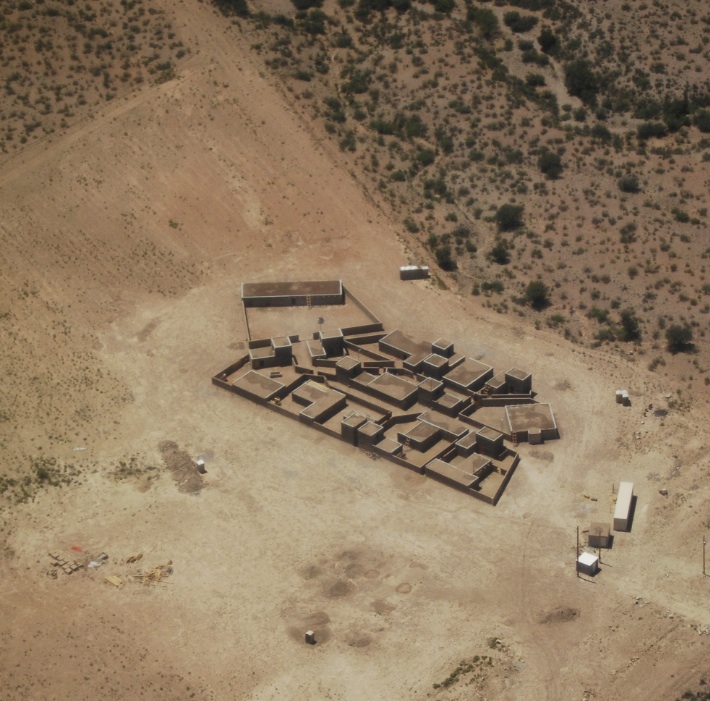The New Mexico Institute of Mining and Technology (NMT) saved three months and at least $300,000 building a replica of an Afghan village and marketplace for anti-terrorism training in Playas, N.M. With clients registered to use the facility before construction began, its owner chose Job Order Contracting because work could begin quickly and a proven contractor working on another project could be used.
The $300,000-savings was realized by refining and documenting the process used to make and lay adobe bricks in the buildings. With a new method and using on-site equipment, the contractor reduced the cost of each of the 300,000 bricks by $1. The cost of the project was $2.5 million.
Additional savings came from eliminating the administrative costs associated with the competitive bidding process. With Job Order Contracting in place, NMT’s chosen contractor had already agreed to complete specific jobs at specific prices. U.S. armed forces and federal law enforcement agencies train at the facility.
The Harry H. Mellon Award of Excellence recognizes excellence in principles and practices while identifying unique and innovative ways of using Job Order Contracting to complete construction projects. Repair, alteration, and maintenance work – the core of the Job Order Contracting system – is essential for the safe and efficient use of public buildings and infrastructure. While essential, this work is often not glamorous. This award recognizes the facility owners and managers who perform this important function in an efficient and effective way.
Related Stories
| Aug 11, 2010
Citizenship building in Texas targets LEED Silver
The Department of Homeland Security's new U.S. Citizenship and Immigration Services facility in Irving, Texas, was designed by 4240 Architecture and developed by JDL Castle Corporation. The focal point of the two-story, 56,000-sf building is the double-height, glass-walled Ceremony Room where new citizens take the oath.
| Aug 11, 2010
29 Great Solutions
1. Riverwalk Transforms Chicago's Second Waterfront Chicago has long enjoyed a beautiful waterfront along Lake Michigan, but the Windy City's second waterfront along the Chicago River was often ignored and mostly neglected. Thanks to a $22 million rehab by local architect Carol Ross Barney and her associate John Fried, a 1.







